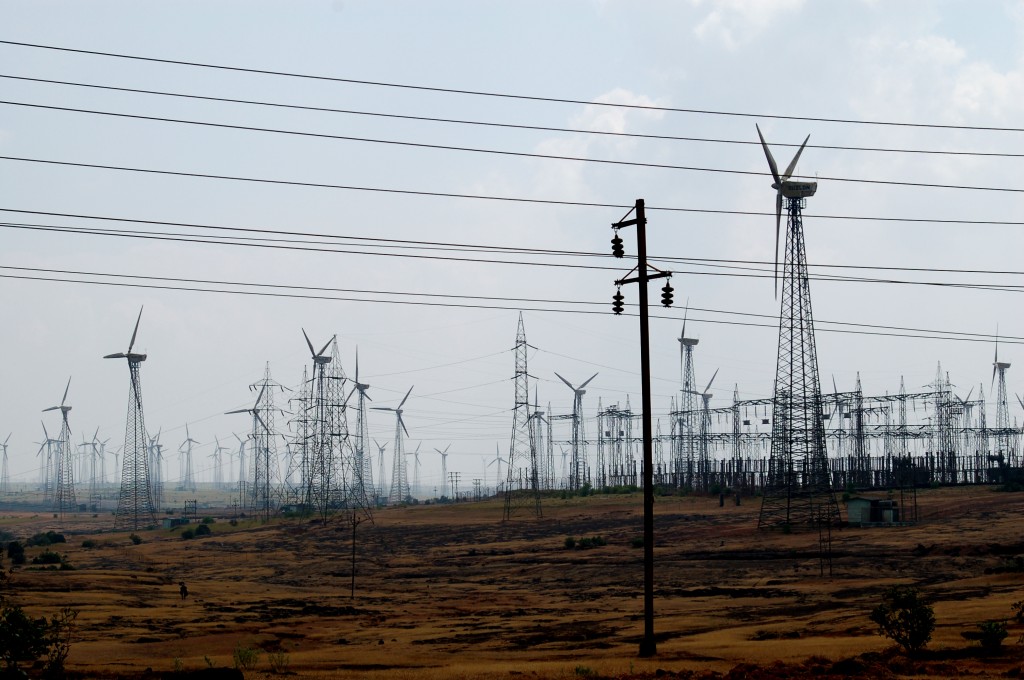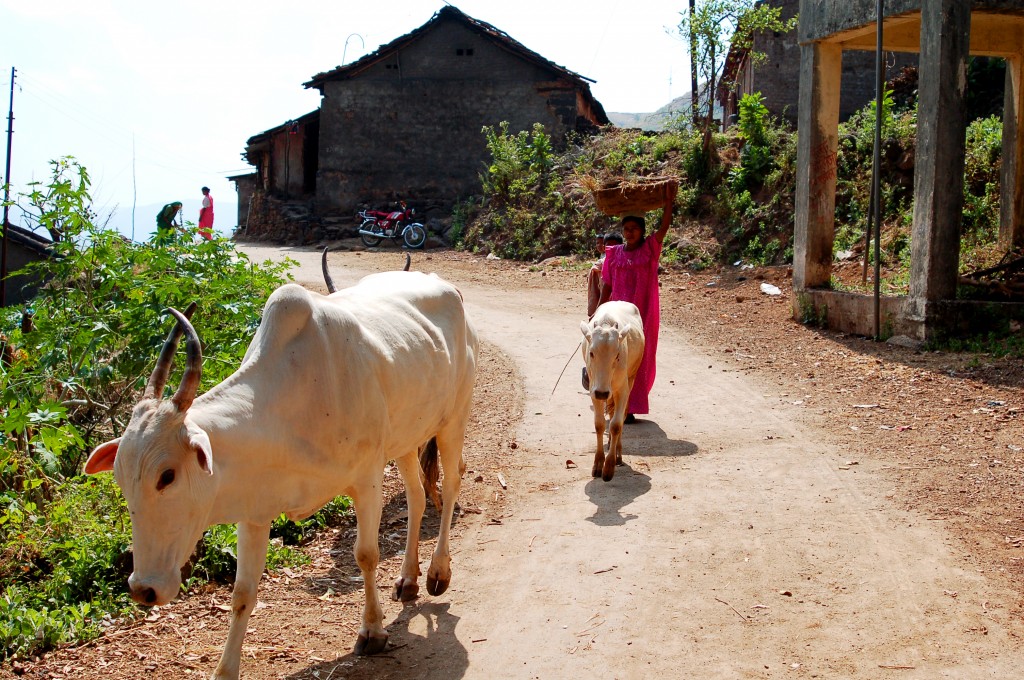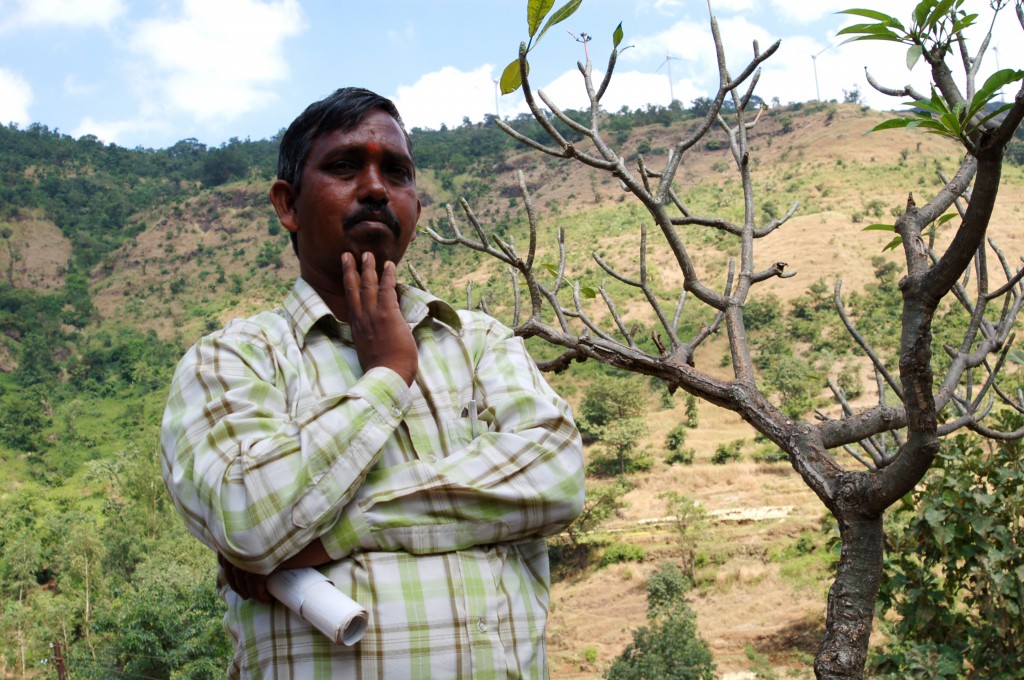Woman Carrying Wood
14 November 2006
Maharashtra, India
Since 2007, CDM wind power projects in India have more than tripled, with over 80 projects registered to date. In fact, wind is the largest single CDM project type in India, with over 300 project applications in the pipeline as of September 2009.
Wind power has been developed rapidly over the last 10 years in the state of Maharashtra. In 1996, the Maharashtra Energy Develop- ment Agency (MEDA) initiated a demonstra- tion wind power project with Suzlon Energy Ltd. which acquired huge tracts of land in the Satara region with the purpose of build- ing up wind power infrastructure and sell- ing the power plants along with the land to other companies at a minimum price of Rs
50 million (around m765,000) each. Today the Satara region has more than 1,000 Wind Energy Generators (WEGs) owned by MEDA, Suzlon, Bajaj Auto, Tata Motors and others on an area of about 40 km squared.
Cheap land and infrastructure coupled with bulk subsidies at source made the energy fi- nancing easy, but the possibility of earning extra revenue through selling carbon credits benefited the projects further. Most of the projects approved for entry into the CDM al- ready existed prior to entering the scheme, managing to pass through the Executive Board despite providing little evidence that they would not have been built anyway.


